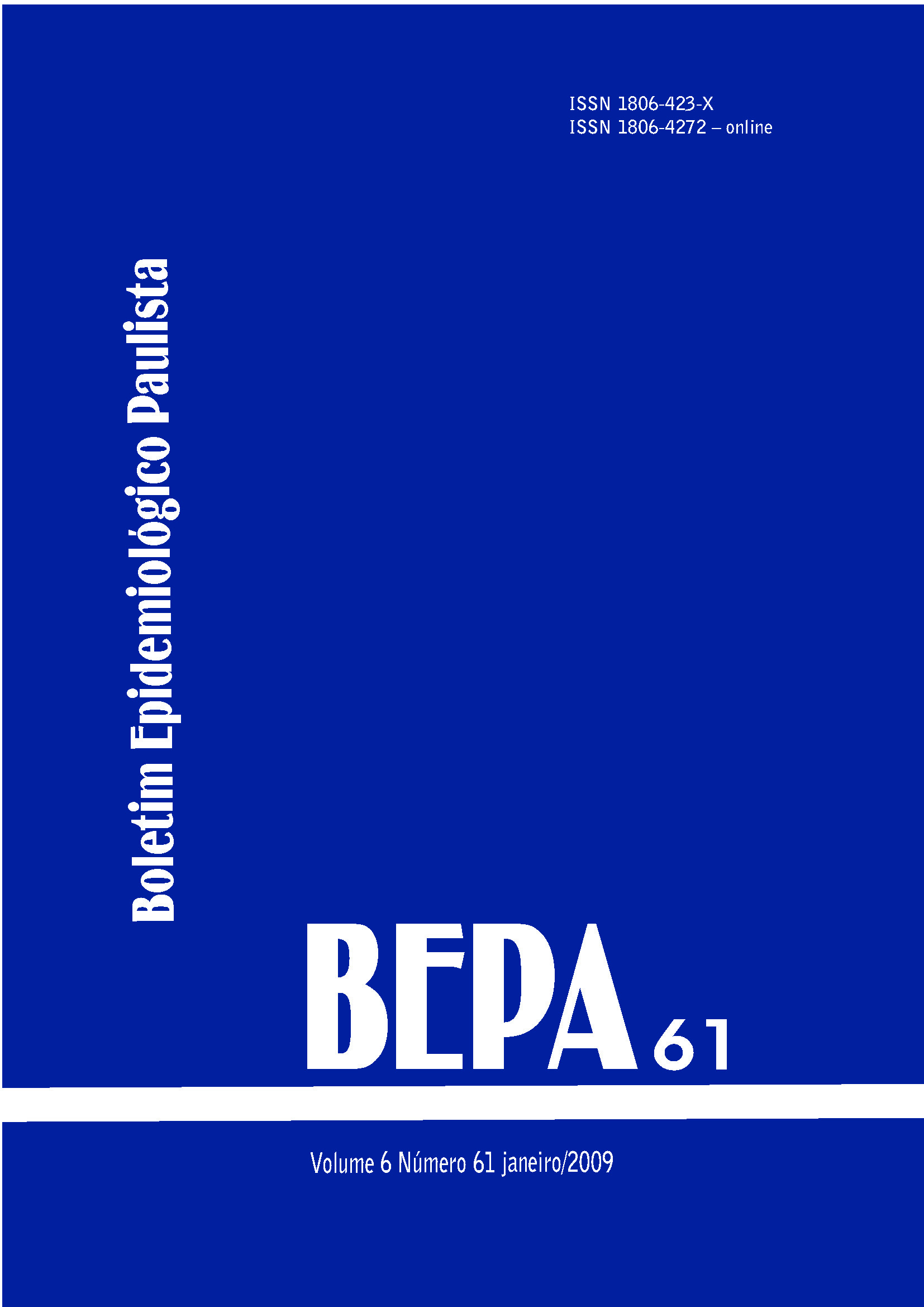Abstract
The gathering of animals left loose in the streets by the appropriate vehicles known as “carrocinhas” (little carts) needs adequation in order to assure that the personnel in charge of this job, known as “catchers” (“laçadores”), cease to be seen by the society as “murderous villains”. The Animal Control Officers Upgrading Program (FOCA), representing a partnership between the State Secretary of Health of São Paulo, the Technical Institute for Animal Education and Control (ITEC) and the World Society for the Protection of Animals (WSPA), was created regarding humanization of these services and upgrading of human resources in order to implant population control actions for cats and dogs according to technical, rational and ethical principles. The program employs a teaching methodology designed in harmony with the three learning aspects: cognitive, motor and affective. Such approach generates knowledge and, at the same time, develops activities necessary to the profession, and also works with values, attitudes and postures that value image change of these professionals. It also brings conditions to ensue that, replacing the old “catcher”, a new health promotion agent comes into place, an ally of the community, an “Animal Control Officer”. In the State of São Paulo, 572 employees, from 128 cities, were upgraded.
References
Coordenadoria de Controle de Doenças. Secretaria de Estado da Saúde de São Paulo. Programa de Controle de Populações de Cães e Gatos
do Estado de São Paulo. Bepa. 2006; 3(Supl 5):11 [manual na internet]. Disponível em: ftp://ftp.cve.saude.sp.gov.br/doc_tec/outros/ suple5_cao.pdf.
Nassar R, Fluke J. Pet population dynamics and community planning for animal welfare and animal control. JAVMA. 1991; 198(7):1160-4.
WHO - World Health Organization. Report of WHO consultation on dog ecology studies related to rabies control. Geneva; 1988, 35.
Bogel K, Meslin FX. Economics of human and canine rabies elimination guidelines for programme orientation. Bulletin of the World Health Organization. 1990;68(3):281-1.
WHO - World Health Organization. Technical Report Series. Geneva, 2005.
WHO - Wold Health Organization. WSPA - World Society for the Protection of Animals. Guidelines for dog population management. Geneva; 1990, 116.
OPAS - Organização Pan-Americana da Saúde. WSPA - World Society for the Protection of Animals. Relatório da 1ª Reunión Latinoamericana de Expertos em Tenencia Responsable de Mascotas y Control de Poblaciones. Rio de Janeiro, 2003.
ITEC - Instituto Técnico de Educação e Controle Animal. Oficial de controle animal: um aliado da comunidade [vídeo]. São Paulo; 2007. ITEC e WSPA. 20 minutos.
ITEC - Instituto Técnico de Educação e Controle Animal. Portifolio curso de formação de oficial de controle animal: um aliado da comunidade. São Paulo; 2008. 60p. Ed. 2.

This work is licensed under a Creative Commons Attribution 4.0 International License.
Copyright (c) 2009 Luciana Hardt Gomes, Rita de Cassia Maria Garcia, Néstor Alberto Calderón Maldonado, Adriana Maria Lopes Vieira, Mônica Almeida, Vania de Fátima Plaza Nunes
